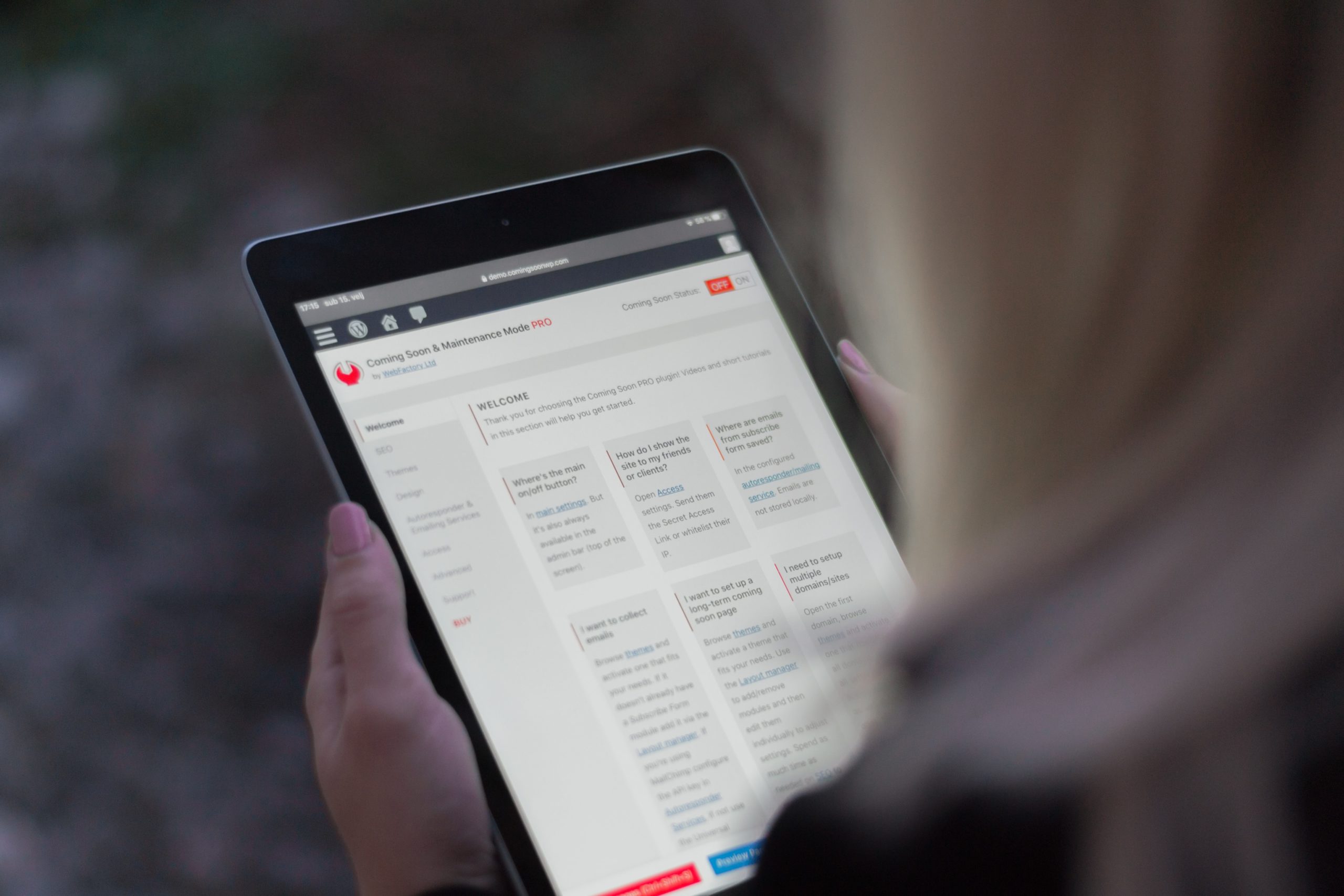The last topic addressed in this series of articles dedicated to the Digital Transformation Guide (Guide de la Transformation Digitale) by Vincent Ducrey and Emmanuel Vivier looks at performance measurement.
As we have seen in previous articles, embarking on the digital transformation of your training company is no simple feat!
You need to establish hypotheses then test them, iterate and adapt: you cannot simply decide on a plan and apply it. In order to be able to take effective decisions throughout the process, it is important to base them on facts.
To this end, the guide recommends identifying KPIs, i.e. metrics enabling you to track the impact of your decisions on your business.
So what factors should a training company undergoing digital transformation measure? With the help of the guide, I have identified some key indicators to measure your training company’s business!
Track your performance effectively
Your choice of performance indicators depends on several criteria: your goals, your strategy and the means at your disposal.
The guide insists on certain best practices to adapt in order to choose a good indicator.
Hence, it recommends not having too many indicators: too many metrics kill the metric!
As well as being time-consuming, studying too many indicators risks quickly generating redundancies. It is therefore better to concentrate on a few relevant metrics in order to track your business.
Another important factor to take into account concerns “confirmation bias”.
The human brain will always favour information that confirms its preconceptions.
Sometimes, what we don’t measure is just as important as what we do measure. Don’t be afraid to challenge your indicators! At the end of the day, an indicator is only ever a number. Its value only resides in how we choose to interpret it.
Setting up a performance measurement system means accepting to change what is not working and optimizing what is working.
How to select the few key indicators you need? Always start by defining and then prioritizing your various goals.
For each goal, identify two or three key indicators. If, for example, your goal is to launch an e-learning course, you can measure the sign-up rate for this course, the participant satisfaction rate and possibly also the number of participants who sign up for another course.
What indicators should a training company track?
Here are some examples of indicators a training company could track, in chronological order.
Various points of contact exist with your clients throughout the life cycle of a product or service, from the very first steps you take to market it.
At each of these points of contact you can measure and optimize your client relationships then decide which correspond to your strategic goals.
Get yourself known:
Making people aware of your training company means you have to promote it. The goal here is to increase awareness of you and/or your company.
Even before selling anything, you need to attract the attention of prospective clients. There are several ways of measuring your brand awareness:
- How often your training company is mentioned in specialized forums.
- How often your training company is mentioned on social media.
- The number of searches for the name of your training company on Google.
- The number of visitors to your website per month.
- The number of ‘fans’ of your Facebook or LinkedIn page.
Engage:
Engagement is the following step. Thanks to your awareness-raising actions, your prospects are able to get to know you better.
Engagement can be defined as the fact that your prospects show an interest in your offer. This can be measured in a number of ways:
- The time spent on your website.
- Your newsletter opening statistics.
- The engagement rate on social media.
Sell:
This means when your prospect becomes a client. In order to identify how your actions to begin your digital transformation have influenced your sales statistics, you can measure:
- Your sales.
- The average basket of your clients.
- The conversion rate (how many prospects become clients).
- The transformation rate per course created (e.g. what is the most frequently purchased course in your training catalogue).
Measuring the quality of your course
In addition to meeting legal obligations, implementing a quality approach is an excellent way to analyze customer feedback to improve the quality of your training.
Among the various indicators available, you can measure:
- The trainee satisfaction rate at the end of the course.
- The satisfaction rate of your clients.
- The number of trainees that followed the course right to the end.
- For courses leading to qualifications, the number of trainees that obtained the qualification.
Securing client loyalty
The business relationship does not end with the sale! By securing your clients’ loyalty, you can be sure they will purchase your training offers again and spread the word about your training. In effect, they become veritable ambassadors for your training company!
To evaluate your client satisfaction and recommendation rate, you can:
- Measure the number of positive comments on the various platforms that exist (e.g. Google, Facebook, etc.).
- Measure the loyalty rate: how many clients return for more training with you?
- Measure the diversification of your clients’ purchases: if they come back for more training with you, is it the same as that purchased previously (to renew validation of a certification, for example) or are they interested in your entire course portfolio?
Creating a dashboard
Once you have identified the select few indicators you want to track, it is important to obtain an overview of your business.
To this end, it is a good idea to create a ‘dashboard’, i.e. a page displaying all your performance indicators together.
Storing all your metrics in the same place offers a number of advantages. First, it encourages you to collect the same data on a regular basis.
You can, for example, update your indicators every month or every week, depending on what is going on in your business.
In addition, the dashboard enables you to establish links between your metrics. Has a promotional campaign on social media had any impact on sales? Does a good satisfaction rate increase your brand awareness?
Various online tools exist to help you create your dashboard. You can also create an Excel spreadsheet corresponding to your needs and enabling you to track your business. The important thing is to have data that you can analyse on a recurring basis.
Once you have defined your KPIs, you have everything you need to draw up and implement your digital transformation strategy!
This article concludes our series dedicated to the Digital Transformation Guide. You can check out the previous episodes here:
Interested in these articles? What would you like to read about the digital transformation of training organizations?












